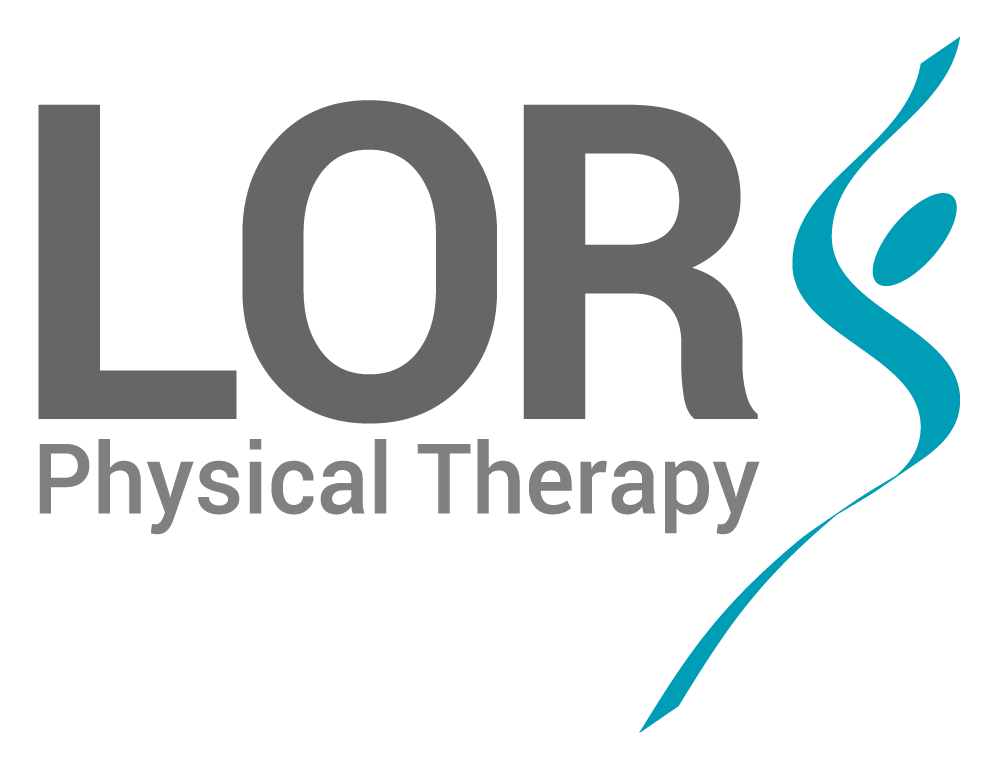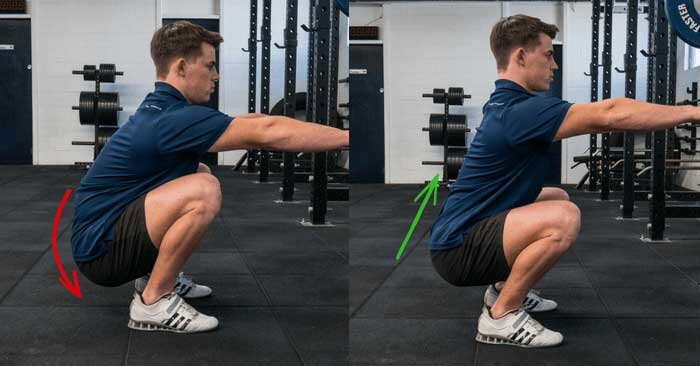The Role of Decreased Hip Mobility in Low Back Pain
Low back pain is a vast and complicated topic of conversation at the best of times. Not only are there a large number of diagnoses that fall under the “low back pain” umbrella but the list of predisposing factors for each makes finding common ground quite difficult. In short, it’s hard to make broad statements about the cause of low back pain.
However, there is one mechanical issue that consistently pops up when assessing most forms of low back pain. Something that potentially sets the low back up to fail in any number of ways.
So what are we talking about here? It’s not a lack of core strength - which is obviously important. It’s not decreased gluteal strength either - which again is also important. This isn’t even a postural conversation despite its vital relationship to healthy spinal function.
Interestingly, we are actually talking about the role of decreased hip mobility in low back pain.
The Role of Hip Mobility in Normal Back Function
Many don’t realize that good hip mobility is crucial for the expression of normal low back function. This is mainly because of how close they are together.
As you can see in the image above, the lowest sections of the spine are literally one relatively stable sacroiliac joint (SIJ) away from the hips. So by reducing the amount of available range at the hips we’ll see an increase in load through the low back (and SIJ) as a result.
For example, picture yourself sitting at the kitchen table about to lean forward to eat over your plate. Imagine that this subtle lean is driven by the hips to make sure your back stays straight. Functionally, this is a stable spinal movement. The load is absorbed by the relatively larger hip joints and muscles which are designed to work hard. It also allows your back to remain a stable platform for your shoulder and hip motion. Now, imagine what happens when we take away some of your natural hip movement. This time, you go to hinge forward from your hips but you can’t. But you still have to complete the same movement or your food may spill over you. So, your body does what it’s designed to do - it compensates. Your hips won’t bend anymore, so the lower reaches of your back pick up the slack.
And this is what can happen hundreds of times per day depending on what you do. It doesn’t have to be fancy. It doesn’t even have to relate to heavy bending and lifting. It’s just a change in the way we load our spines - often without us realizing it over a long period of time. It’s certainly no coincidence that the most common area for disc dysfunction and wear and tear clinically occurs at the very base of the spine. The same area that’s easily overloaded if you’re lacking normal hip mobility.
So with this in mind it’s important to a) know how stiff your hips might be, and b) understand how to free them up.
How to Self-Assess Your Hip Range of Motion
Before learning how to free up those stiff hips, we need to figure out how stiff we are in the first place.
We won’t get into specific “norms” in terms of official degrees of motion in this post, but it’s still great to have a general guide in mind to establish both a baseline to begin with, and a gauge for any future progress.
For many, there are two quick tests you can do.
The first is simply lying on your back and pulling one knee to your chest.
The Knee-to-Chest Stretch
This knee-to-chest stretch is a fantastic way to check on your hip flexibility. Interestingly, despite what the name implies, not many people can actually get their knee to touch their chest without lifting their pelvis off the ground.
The goal here is to keep your pelvis attached to the ground and bring your knee towards your chest as far as you feel comfortable. You also want to avoid letting the knee swing out to the side. Instead, try and keep the knee in line with your hip at all times.
A good result is getting your hip somewhere close to your chest without cheating. A less-than-perfect result is being stuck around that 90-degree mark, or as it conveniently turns out - the exact hip angle of most traditional chairs.
Compare left to right taking note of how it feels and then move on to the next test.
Deep Squat Test
The idea of a deep squat can be quite daunting for many. In some ways, we’ve been made to feel like deep squatting is a bad idea because things may hurt when we do it. But it’s not. Far from it. Clearly, we need to respect any pain and discomfort, but the deep squat is just a reflection of normal range of motion and good mechanics - provided that we have them.
In terms of hip mobility, the deep squat is a great functional assessment tool. It allows us to see not only how our hips are moving, but how they are moving in the context of the low back, knees, and ankles.
Again, we won’t go into too much detail about all the machinations of a good squat, but we can use the deep squat as a quick assessment tool to witness exactly what your back will do when you run out of hip range.
Essentially, we can ask you to squat as deep as you feel comfortable while keeping your feet straight. This allows us to look for the “butt wink”.
This interestingly named phenomenon occurs when you exceed your mechanically sound squat depth. Or in other words, go deeper than your current hip range allows.
The image on the right highlights a fantastic deep squat technique. We can see a really straight back which will handle load and repetition really well. His hips are below his knees which shows that he has a lot more that 90-degrees of hip range to work with. Also, take note of how low his bottom has gone.
If we compare this to the image on the left we can see that his bottom has actually gone lower, but it has now cost him a good spinal position. His lower back has been forced to round to obtain those last few inches. He’s butt-winking. And if you look carefully enough you’ll see a distinct hinge at the very top/beginning of the red arrow. This is a relatively poor position to load the spine as most of the force will go to where that hinge point is.
Again, if this was a position he had to get into a lot throughout the day, his back has the potential to suffer long term.
A deep squat can highlight the point we run into the end our current hip range and begin to bend the back in compensation. So when doing this at home, have someone watch you squat (or record yourself) from side on to get a feel for when your butt winks.
Two Excellent Hip Mobility Exercises
So now that you have an initial baseline for your hip mobility it’s time to get to work freeing them up!
And in order to help with this we’ve put together a neat little free exercise sheet with two really helpful hip stretches.
If you’d like to receive your free copy please let us know below!
So if you’re struggling with any form of low back pain, make sure you work hard on cultivating better hip mobility. It could genuinely be the hidden piece of the puzzle you were looking for.
Better yet, come in and let us assess your hips for you. We can check them out and let you know how they might be impacting your low back pain and provide you with some specific advice to follow.
Either way, hopefully, the ideas covered in the article help.
Good luck!
For appointment, please call (949) 443 5442 and see one of our fantastic Physical Therapists!



